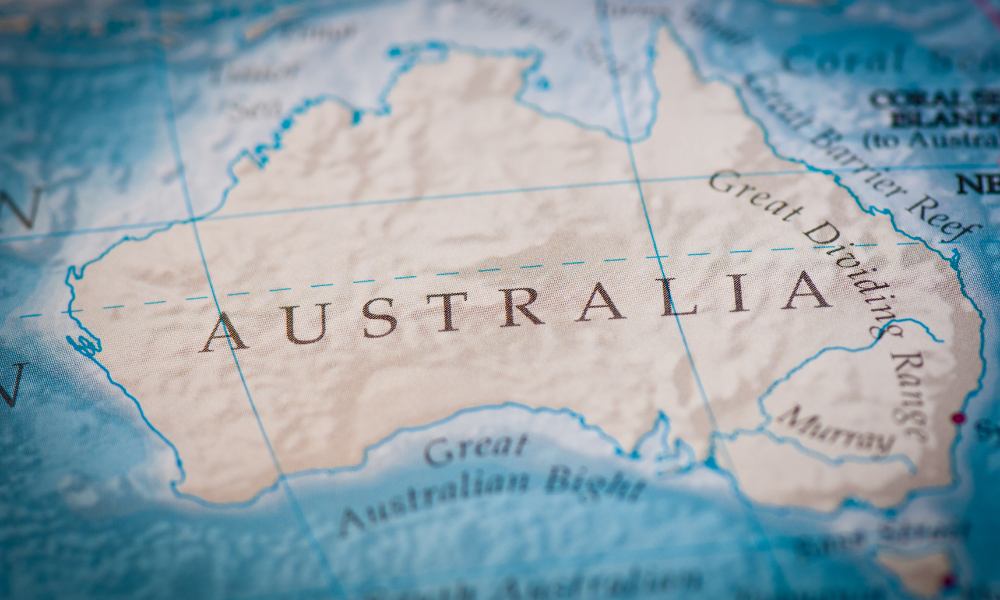
Australia faces the prospect of a pre-election rate rise by the Reserve Bank after the underlying inflation pace soared to its highest in 13 years while the broader consumer price measure increased at the quickest pace since the GST was introduced in 2000.
The 5.1% annual consumer price index (CPI) reading for the March quarter easily topped the market expectation of a 4.6% pace. The so-called trimmed mean inflation, which strips out volatile changes and is used by the central bank to set rates, rose 3.7%, or the most since March 2009.
While the headline quarterly rate of 2.1% also easily exceeded the consensus expectation of 1.7%, the trimmed mean measure was also sharply higher at 1.4% – the highest since the ABS began the series in 2002.
“If the Reserve Bank wasn’t convinced that it had the evidence for a rate hike last month, it does for the May meeting next week,” Cherelle Murphy, EY’s chief economist, said.
“A record low cash rate of 0.1% is clearly now no longer appropriate for this economy, meaning the Reserve Bank must join other central banks around the world and tighten monetary policy,” she said. “To not do so risks the RBA losing credibility.”
The last time the RBA raised interest rates during a federal election was in 2007 when then prime minister John Howard lost the subsequent poll to Kevin Rudd.
The RBA board meets on 3 May and before today’s CPI figures, markets had mostly ruled out an increase from the record low cash rate target of 0.1%. Those expectations have now shifted, sending the Australian dollar higher and stocks lower.
As anticipated, fuel, food, and material costs were among the items posting big increases in the first quarter of 2022. Energy prices had already been heading higher before Russia’s invasion of Ukraine in February, but the war added impetus with fuel up 11% in the quarter alone – the most since Iraq invaded Kuwait in 1990.
“The CPI’s automotive fuel series reached a record level for the third consecutive quarter, with fuel price rises seen across all three months of the March quarter,” said Michelle Marquardt, head of prices statistics at the ABS. Quarterly headline CPI figures were also the highest since the GST’s introduction almost 22 years ago.
Food prices rose 2.8%, with vegetables alone up 6.6%, fruit up 4.9%, and beef up 7.6% in the March quarter. The pace of food price increases, including 4.3% year-on-year, is the most since 2011, Rabobank said.
Only clothing and footwear, among the ABS categories, fell for the quarter compared with a year earlier.
The Morrison government has been bracing for a bad number, linking its $250 cost-of-living payment to 6 million recipients to coincide with today’s CPI release. A weekly survey of consumer sentiment by ANZ and Roy Morgan out today showed confidence had stalled after rising for three weeks following the 29 March federal budget.
Marquardt said the higher inflation rate reflected in part the disruptions to supplies from the Covid pandemic.
“This reflected the broad-based nature of price rises, as the impacts of supply disruptions, rising shipping costs, and other global and domestic inflationary factors flowed through the economy,” she said.
The federal government’s 22.1 cents cut in the fuel excise will take some of the stings out of petrol prices during the June quarter, and much of the September one.
“Pegging the first rate hike in the cycle to a high CPI outcome is best from a public presentation perspective,” David Bassanese, an economist with Betashares, said. “It reminds the public that the RBA is targeting inflation and is actively working to contain inflation expectations in the current environment.”
The prime minister, Scott Morrison, and the treasurer, Josh Frydenberg, highlighted other nations’ higher inflation. The US’s latest CPI was 8.5% for the March quarter, the UK’s 7% and 6.9% in New Zealand but just 0.9% in Japan.
Those nations with a higher inflation rate, though, have already started lifting interest rates with more to come. Once the RBA starts lifting rates, though, a similar steady pace of rate rises is expected to curb inflationary pressures but at the cost of households and businesses’ loan repayment costs.
Andrew McKellar, chief executive of the Australian Chamber of Commerce and Industry, said the CPI data reflected the squeeze on many businesses who had only “a limited ability to pass on these costs to their customers through higher prices”.
Hot Topics
Forex Trading Strategy Books To Follow In 2022!
15 Best Stocks For Intraday Trading In 2022
Twitter Board Meets Musk To Discuss Bid, Reports Say
“International trade bottlenecks are producing supply constraints on a scale not seen in almost 50 years,” McKellar said. “Any additional tightening of supply-side constraints is going to further squeeze the profitability of businesses across the country.”
Two more ABS releases of note are scheduled before the 21 May election. The March quarter wage price index, due out on 18 May, will probably show wage increases have not kept up with the 5.1% CPI increase, implying salaries are shrinking in real terms.
The other may be a happier outcome for the government, with the April jobless data due out on 19 May. The March figure was just under 4%, near a half-century low, and may fall a bit further. Source: Theguardian